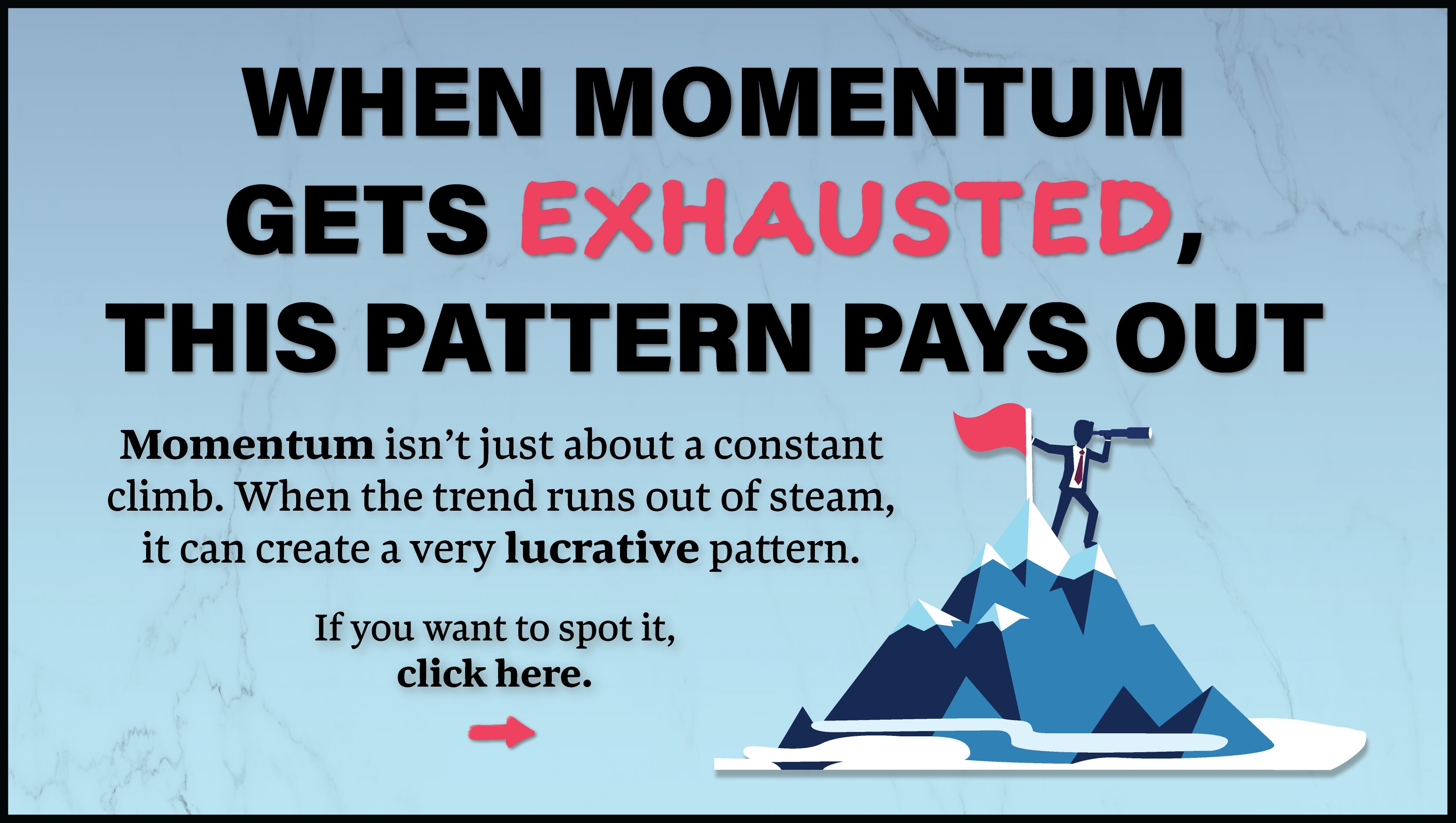by Ray Frazier
There are two investment vehicles that you can use to make money in the markets. The first is to buy the stock that you feel will make a big price movement, and the second is to buy an option on the stock that has the potential to make a big move. There is also the choice of playing your position in the markets for the long term and riding the stock up, down, and all around for the good and bad times, being ever faithful to the stock. Or, you can ride the stock up in good times and down in bad times, trading in the short term.
When you purchase a stock for the long term, your profits are limited to the price action of the stock over the set amount of time that you have chosen. So then, when you finally sell the stock, the profit that you receive is the result of the stock moving up in price… then down in price… and then up again over the specified time period – no matter how many times it has moved up or moved down.
On the other hand, when you purchase a stock for the short term, your goal is to capitalize on price movements of the stock over the next few days or weeks. This is commonly known as “swing” trading. Unlike the long term investor who capitalizes on price movements of the stock over a period of years, the short term investor rides a stock up and then can ride the stock down, profiting from big price movements when the stock goes up and when the stock goes down. The short-term investor profits from making trades in the direction of the stock. If the stock is in an uptrend, then the investor anticipates prices moving up and trades in that direction. If the stock is in a downtrend, then the investor anticipates prices moving down and trades in the same direction of the trend.

Therefore, the short-term investor makes money whether the stock is going up or down. The long-term investor makes money only if the stock goes up. Since stocks fluctuate up and down in price and almost never go straight up over a long period of time, it could be some time before the long-term investor sees enough price appreciation in the stock to consider it a very profitable investment.
Let’s take an example given for the long-term investor. If gaps are present in the stock price, they represent a stock split, meaning that the company issued two shares of its stock for every one share that the investor holds. Let’s say that from the time you spotted the potential move until the time that the stock split three weeks later, the stock moved up to a high of $276. So then, in three weeks time, the short-term investor could have accomplished the same price appreciation and profit as the long-term investor without having to endure the ups and downs of the markets or the stock over several months.
Now, you may be asking yourself why chose to buy an option on the stock rather than just buying the stock. The answer is very simple. Options allow you and I to participate in price movements of equities without committing the large amount of money needed to buy a stock outright. Options can also be used to hedge a stock position, or to acquire or sell stock at a purchase price more favorable than the current market price.
For example, let us say that I bought 1,000 shares of CMGI stock at $95. That would be 95 x $1,000 = $95,000. Now let’s say that I sold the 1,000 shares of the stock at $128. That would be $128,000. Now what is my profit? It would be $128,000 – $95,000 = $33,000 profit. So to obtain this $33,000 profit you would have to spend (invest) $95,000, plus commissions. Therefore, you essentially have at risk $95,000.
Whenever you are holding a stock in the markets the amount that you invested is at risk of loss.
Sure, you can sell the stock at anytime, just in case the stock price goes down or you want to take your profits off the table. However, when you are invested in a stock, you may have a tremendous amount of money in the markets.
You may be saying to yourself that if the stock goes down in price, you’ll just sell out and take the loss before it’s too late. But, what if the stock opens much lower than the previous day? Or the market starts slipping to the downside? Will you really sell out and take the loss? The reality is that most people, even experienced individual investors, have a very hard time selling out of stock at a loss. They keep telling themselves that the stock will come back and even go higher than where they purchased the stock. So if you purchased a thousand shares of CMGI at $95, you have $95,000 in the markets!
What if you didn’t have $95,000 or you just didn’t want to invest $95,000 in only one stock? How do you take advantage of the potential big movement in a stock? How do you invest in a stock without risking a whole lot of money? The answer is to do what I have done, invest in the option!









Recent Comments